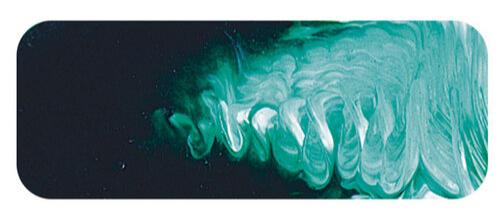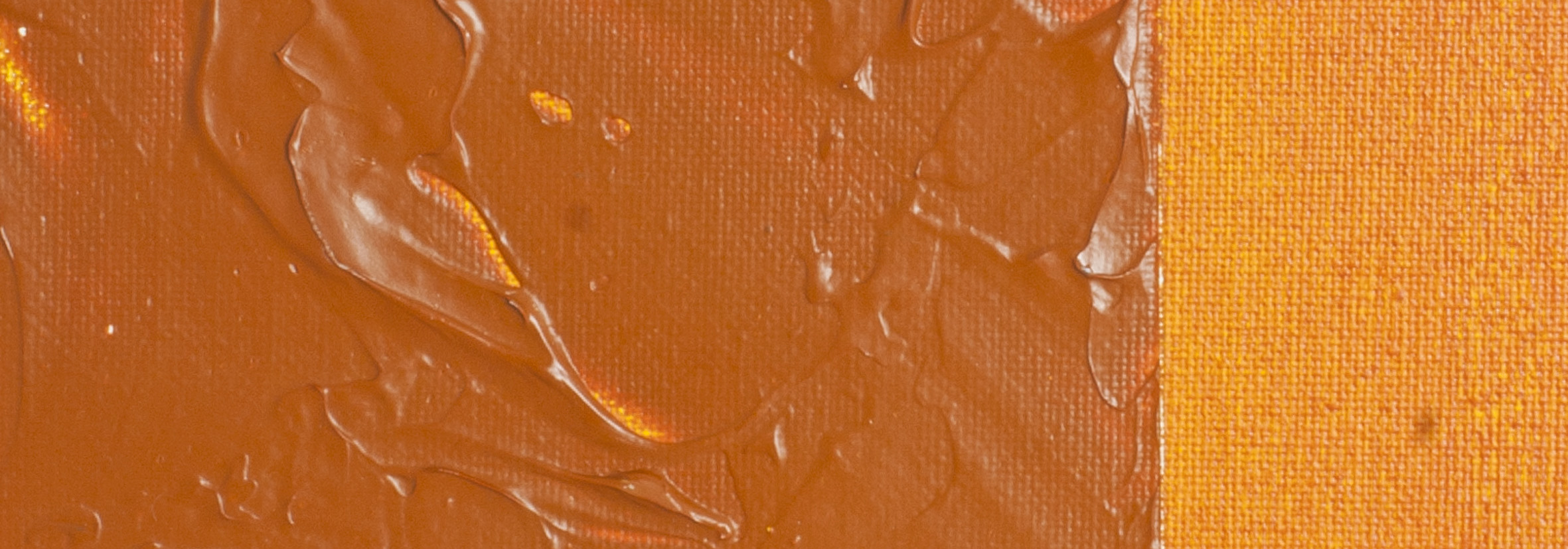Phthalocyanine Green | Matisse Acrylic Paint
Chemical Description: Chlorinated Copper phthalocyanine
Pigment Number: PG7
Lightfastness Rating: ASTM I
Pigment Opacity: Transparent
Paint Opacity: Transparent
Series 2

Phthalocyanine Green | Matisse Acrylic Paint
The Discovery: Accidental Brilliance
In 1907, the accidental discovery of Phthalocyanine pigment in Swiss and Scottish laboratories marked an unexpected turn in scientific experiments. Initially dismissed as an annoyance, its dark blue hue hinted at experimental failures. It wasn't until a similar mistake in a third laboratory in 1935 that chemists, intrigued by the blue substance, unearthed an extraordinarily strong and light-resistant pigment. Through experimentation, they transformed the blue into a dark and intense green, birthing what we now know as Phthalo Green.
Resisting the Norm: Overcoming Viridian's Legacy
Upon its introduction into artists' materials, Phthalo Green faced resistance in oil paint and watercolours due to the popularity of the well-established Viridian. However, the cleaner and stronger qualities of Phthalo Green outshone its predecessor, especially in the realm of acrylics. As acrylics emerged in the late 1950s, Viridian proved unsuitable for the new medium, solidifying Phthalo Green as the standard dark green in acrylic ranges. Today, Phthalo Green has surpassed Viridian in popularity across all artistic media.
The Jewel-Like Transparency: Versatility Unveiled
Phthalo Green boasts a jewel-like transparency, making it a preferred choice for artists. With high tinting strength and a remarkably clean colour profile, it serves as a general-purpose dark green. Artists utilize it for crafting various shades of green, glazing techniques, and subtly neutralizing red tones. The colour's versatility extends to the creation of beautiful blacks when mixed with Matisse Rose Madder, reminiscent of the intense and transparent blacks favored by old masters.
Chromatic Explorations: Creating Greens and Beyond
The magic of Phthalo Green unfolds in chromatic adventures. Combining it with Cadmium Yellow Medium produces Cadmium Green, while additional Phthalo Green transforms it into Brunswick Green—a shade rooted in British standards, notably British racing green and the iconic green of British steam trains. Diverse greens emerge with pairings like Australian Ghost Gum for a mid-sea green, Yellow Oxide for a light olive, or Raw Sienna for a dark olive hue.
The Black Alchemy: Beyond the Colour Spectrum
Phthalo Green's prowess extends to the realm of blacks. A fusion with Matisse Rose Madder yields an intense yet transparent black, distinct from tube blacks. This mixed black, reminiscent of the genuine Ivory Black used by old masters, brings variability to the palette. Substituting Matisse Rose Madder with other dark cool reds introduces a unique touch, offering a spectrum of blacks suited to different subjects. In the world of Phthalo Green, every mixture becomes a nuanced exploration, adding interest and depth to the artist's palette.
Safety Data Sheet for Matisse Phthalocyanine Green (SDS)
To view or download a copy of Phthalocyanine Green SDS, please CLICK HERE * (271kb)
*The above link will open an external Dropbox window

To install this Web App in your iPhone/iPad press ![]() and then Add to Home Screen.
and then Add to Home Screen.

